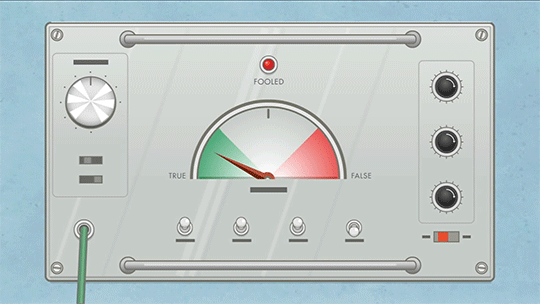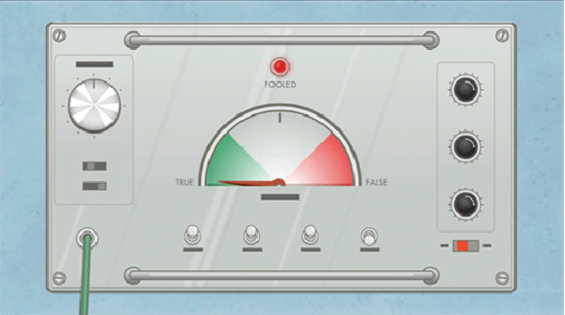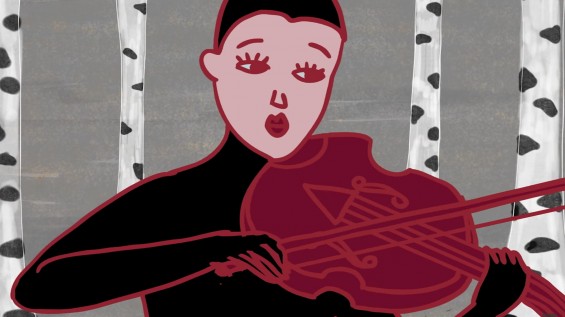
The language of lying (in TED-ED GIFs)

We hear anywhere from 10 to 200 lies a day. And we’ve spent much of our history coming up with ways to detect them, from medieval torture devices to polygraphs, blood pressure and breathing monitors, voice stress analyzers, eye trackers, infrared brain scanners, and even the 400-pound electroencephalogram. But although such tools have worked under certain circumstances, most can be fooled with enough preparation, and none are considered reliable enough to even be admissible in court. What if we took a more direct approach, using communications science to analyze the lies themselves? Below, Noah Zandan outlines four common patterns in the subconscious language of deception:

First, liars reference themselves less when making deceptive statements. They write or talk more about others, often using the third person to distance and disassociate themselves from their lie. Which sounds more false: “Absolutely no party took place at this house,” or “I didn’t host a party here”?
Second, liars tend to be more negative, because, on a subconscious level they feel guilty about lying. For example, a liar might say something like, “Sorry, my stupid phone battery died. I hate that thing.”
Third, liars typically explain events in simple terms, since our brains struggle to build a complex lie. Judgment and evaluation are complex things for our brain to compute.
And finally, even though liars keep descriptions simple, they tend to use longer and more convoluted sentence structure, inserting unnecessary words and irrelevant but factual-sounding details in order to pad the lie.

So how can you apply these lie-spotting techniques to your life? The lies we encounter on a daily basis vary in seriousness, and may even be harmless. But it’s still worthwhile to be aware of tell-tale clues like minimal self-references, negative language, simple explanations, and convoluted phrasing. It just might help you avoid an overvalued stock, an ineffective product… or even a terrible relationship.
Watch the full TED-Ed Lesson: The language of lying:
Animation by The Moving Company Animation Studio/TED-Ed
To learn something new every week, sign up for the TED-Ed Newsletter here >>




HSH – Math on Pinterest | Multiplication, Math and …
These four clues can also be used to describe someone telling the truth.